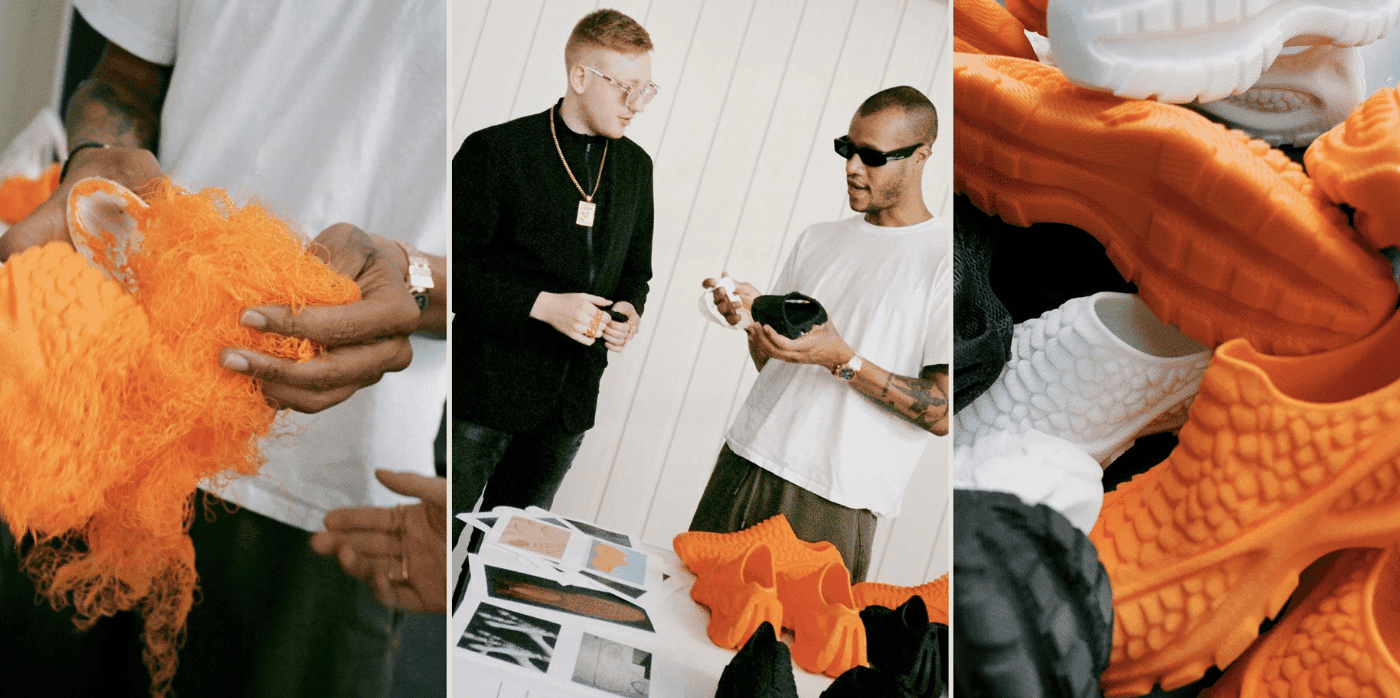Fully recyclable, custom 3D-printed footwear

Spotted: According to Vivobarefoot, a staggering 22 billion pairs of shoes go to landfill every year. Working to make the shoe industry more sustainable is Zellerfeld, with shoes that are “printed, not made.”
Customers use an app to scan their feet, and the scan is then used to 3D print their chosen style of shoe. Made from washable, breathable mesh, the shoes use no glue and have no seams, eliminating the many weak points at which traditional designs generally break. Because the shoes use no rubber, leather, or textiles, they are 100 per cent recyclable. They are also made from recycled materials that are turned into thermoplastics. By not adding any toxins to the material, the entire production process is made much safer and healthier than typical manufacturing.
There are currently 15 models available, ranging from the more formal uniform style to high-tops, mules, and several other intricately detailed shapes. The company also offers an array of colours. Customers are encouraged to return their old pairs to the company for a fully circular product lifecycle. As well as recycling the old pair, shoppers can choose to upgrade to the latest version of the style, much the same way we periodically trade in our used smartphones for the newest model.
The company is currently working to increase production from eight printers to 200, before expanding into a North American factory capable of producing 5,000 pairs a day. It currently takes 40 hours to produce a pair of shoes, something the team is working on reducing so a file can be transformed into product almost immediately with next day shipping.
From baby shoes that dissolve in water to insoles that prevent workplace injuries, Springwise has spotted many ways that shoe tech is evolving.
Written By: Keely Khoury



